plastic push-in wire connectors, OK or not?
empjr
17 years ago
Featured Answer
Comments (37)
geniere
17 years agobigbird_1
17 years agoRelated Professionals
Four Corners General Contractors · Four Corners General Contractors · Coos Bay General Contractors · Haysville General Contractors · Port Saint Lucie General Contractors · Seguin General Contractors · Sun Prairie General Contractors · Waxahachie General Contractors · Welleby Park General Contractors · Glen Avon Solar Energy Systems · Downey Solar Energy Systems · East Lake Solar Energy Systems · Champlin Home Automation & Home Media · Hull Home Automation & Home Media · Pittsburgh Home Automation & Home Mediadim4fun
17 years agoempjr
17 years agobrickeyee
17 years agoitsunclebill
17 years agospencer_electrician
16 years agoitsunclebill
16 years agoewishki
15 years agogmann1
15 years agoitsunclebill
15 years agocowboyandy
15 years agodjflatbush
14 years agomike_kaiser_gw
14 years agolee676
14 years agojacobd26
14 years agoglobe199
14 years agofixizin
14 years agoglobe199
14 years agoDavidR
14 years agolee676
14 years agobeyondfan
13 years agopetey_racer
13 years agobrickeyee
13 years agomiket3_optonline_net
13 years agocountryboymo
13 years agopetey_racer
13 years agocountryboymo
13 years agotexasredhead
13 years agoglobe199
13 years agofixizin
13 years agofixizin
13 years agoStan Johnston
8 years agoHU-503423600
2 years agoRon Natalie
2 years agomtvhike
2 years ago
Related Stories
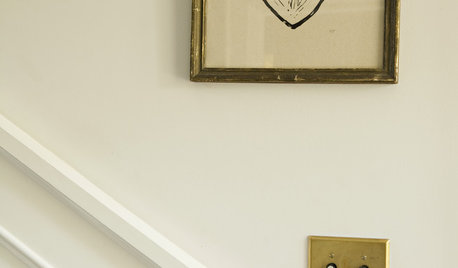
DECORATING GUIDESHomeowners Are Flipping for Push-Button Light Switches
Button-style switches are hot off the presses again, making news in new homes and antique remodels
Full Story
HOME TECHThe Inevitable Future of Drones Around Your Home
As Google joins the push for airborne deliveries, it seems only a matter of time before neighborhoods are buzzing with drones. Is that OK?
Full Story
LIFEHow Your Landscaping Can Keep Burglars Away
Prevent home break-ins with strategic landscaping and good practices instead of menacing — and maybe less effective — measures
Full Story
REMODELING GUIDESWisdom to Help Your Relationship Survive a Remodel
Spend less time patching up partnerships and more time spackling and sanding with this insight from a Houzz remodeling survey
Full Story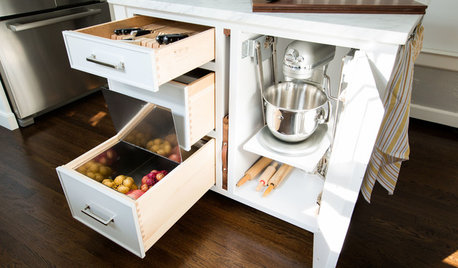
KITCHEN OF THE WEEKKitchen of the Week: Storage Galore in a 1920s Colonial
Pullouts, slots, special drawers and more — this customized kitchen packs in plenty of organizing solutions
Full Story
HOUZZ TOURSHouzz Tour: Unplugging From High Tech in a Texas Farmhouse
This simply styled home gives an Austin family all the warmth of comfort food and all the amenities of modern times
Full Story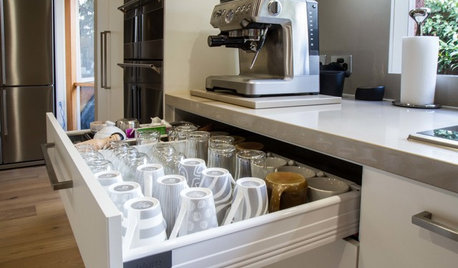
KITCHEN STORAGEPulling Power: Clever Drawer Tactics for a Kitchen
It’s not how many drawers you have in your kitchen; it’s how they work for you
Full Story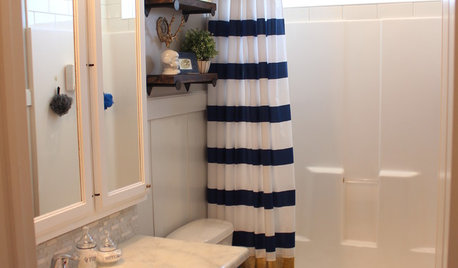
MOST POPULARShe’s Baaack! See a Savvy DIYer’s Dramatic $400 Bathroom Makeover
You’ve already seen her dramatic laundry room makeover. Now check out super budget remodeler Ronda Batchelor’s stunning bathroom update
Full Story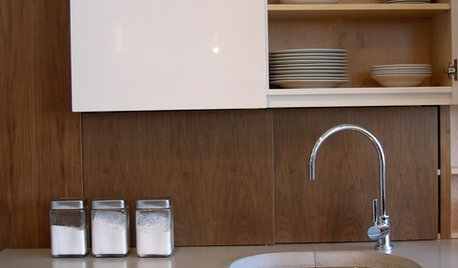
KITCHEN WORKBOOK8 Kitchen Amenities You'll Really Wish You Had
Keep kitchen mayhem and muck to a minimum with these terrific organizers and other time-saving, mess-preventing features
Full Story
LIGHTINGThe Lowdown on High-Efficiency LED Lighting
Learn about LED tapes, ropes, pucks and more to create a flexible and energy-efficient lighting design that looks great
Full Story










spencer_electrician